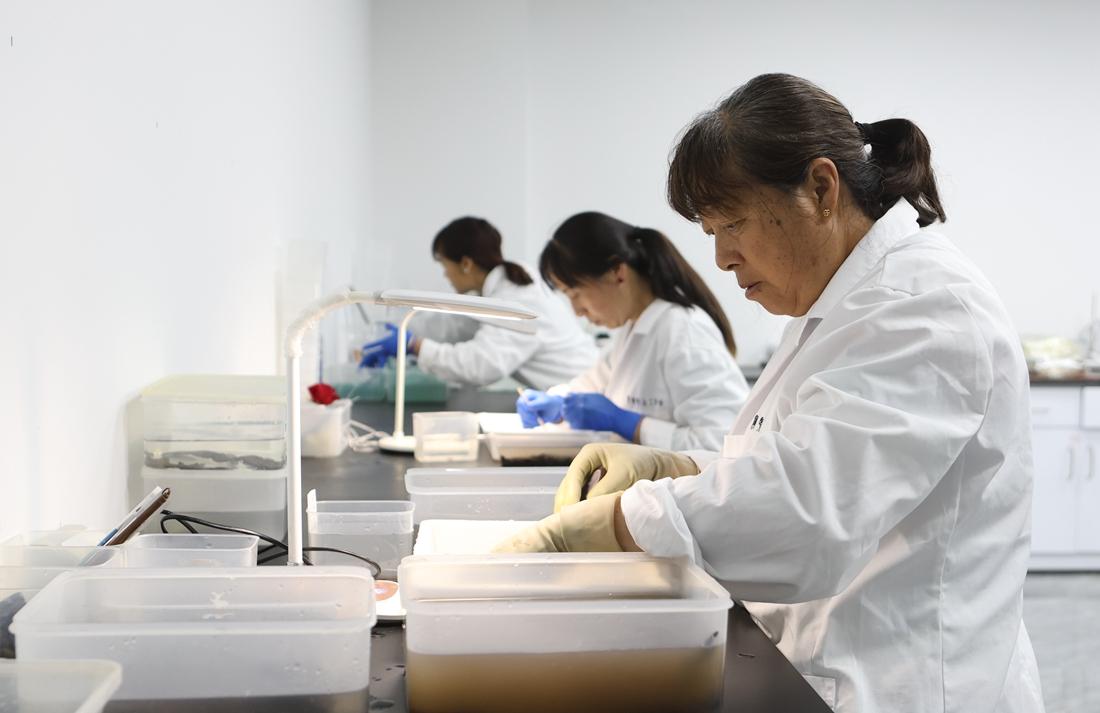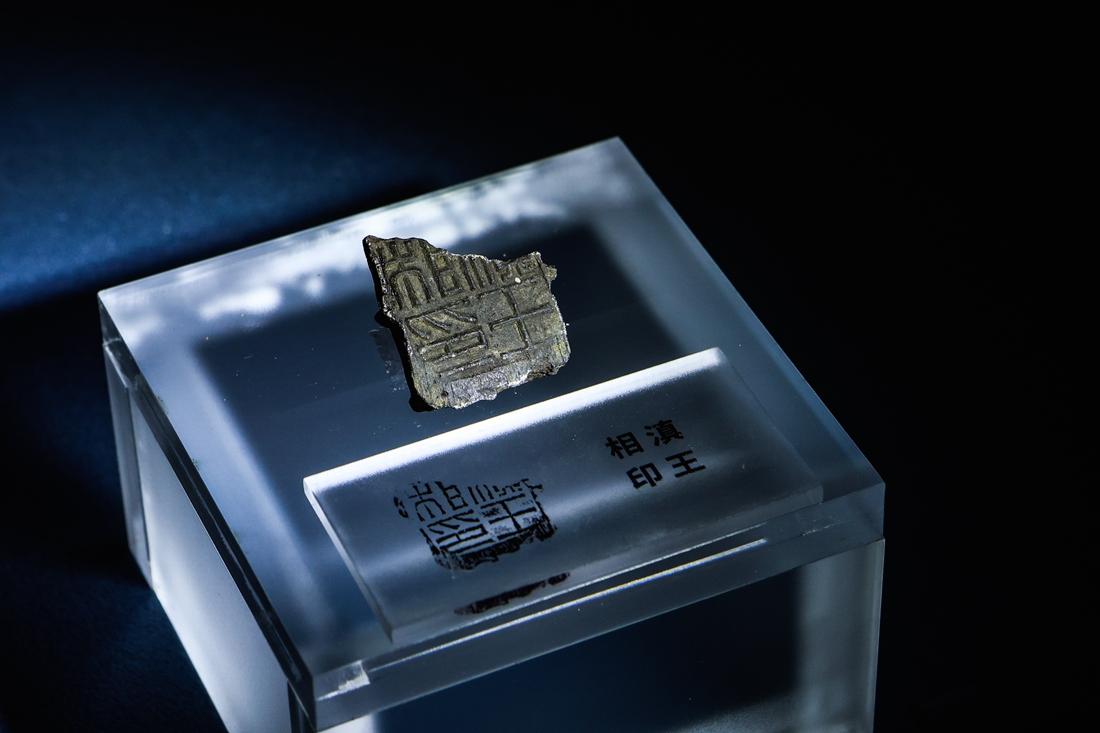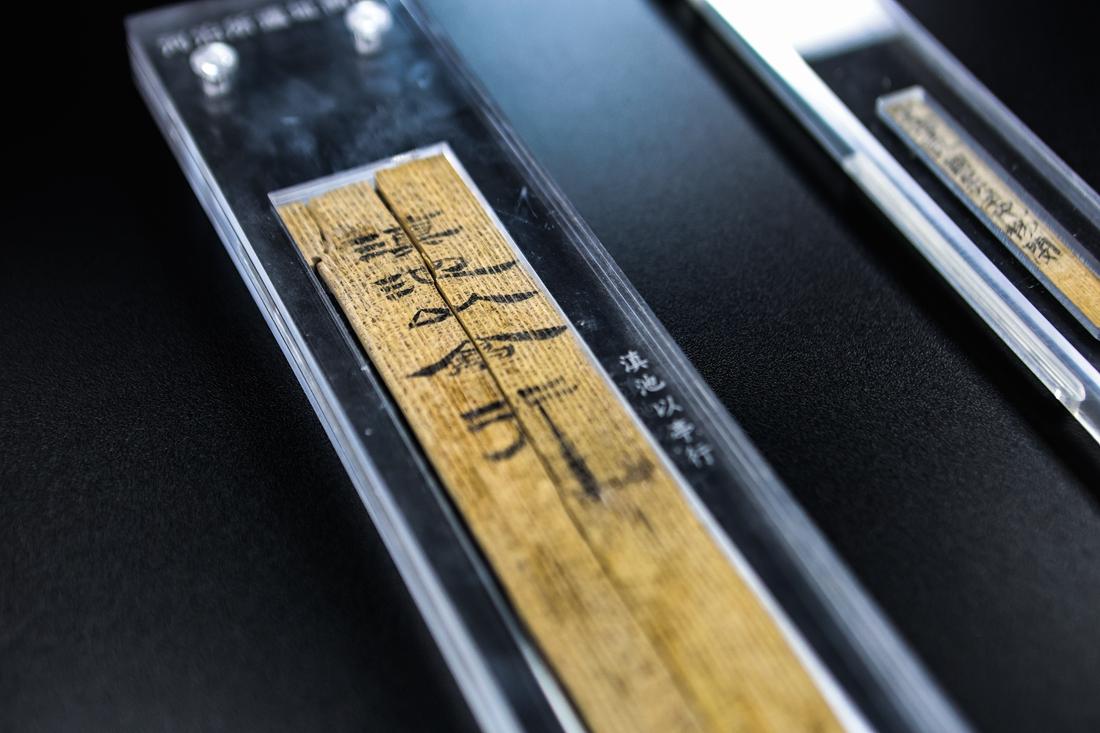Hebosuo Site: Unveiling new discoveries
The Hebosuo Site, located in Jinning District, Kunming City, Yunnan Province, has been named one of China’s Top Ten Archaeological Discoveries of 2024. This historically significant site is recognized as Yunnan’s largest and most culturally rich ancient central settlement, spanning China’s Shang-Zhou to Han-Jin periods (1600 BC to 420 AD).
Archaeological findings at the Hebosuo Site reveal its dual significance: it served as both the capital of the ancient Dian Kingdom and the seat of Yizhou Commandery, which China’s Han Dynasty established in the 2nd century BC to administer its southwestern frontier. Moreover, the unearthed material evidence—including sealing clays, bamboo slips, and architectural foundations—vividly demonstrates the “pluralistic unity” of Chinese civilization. This concept highlights not only the cultural diversity across regions and ethnic groups but also the historical evolution of shared cultural identity and political cohesion through exchange and integration.

Archaeologists work on the findings at the Hebosuo Site.
Dual roles of the Hebosuo Site
The history of the ancient Dian Kingdom can be traced back to the Warring States period (475 BC-221 BC), establishing it as a regional political power on China’s ancient southwestern frontier over two millennia ago. The gold “Seal of the King of Dian” unearthed from the Shizhaishan ancient tomb complex in 1956 provides archaeological evidence confirming the historical event of Emperor Wu of Han bestowing the seal and enfeoffing the king. This marked the transformation of the Dian Kingdom from a relatively independent chieftaincy into a special political entity under the Han Dynasty’s commandery and prefecture system (a general term for the local administrative system of two-tiered governments, commanderies and prefectures, under China’s ancient centralized imperial system).
Systematic archaeological excavations, initiated in 2014 at the Hebosuo Site, have uncovered extensive residential, sacrificial, and handicraft areas in its western sector. The crucial discovery of the “Seal of the Dian Kingdom Prime Minister” sealing clay, alongside bronze and pottery artifacts, has for the first time definitively confirmed this location as the political center of the ancient Dian Kingdom.
Concurrently, concentrated excavations in the eastern part of the site, particularly around Shangsuan No. 1 Primary School, have uncovered a road approximately 12 meters wide, large official building foundations, and city wall remnants. The discovery of sealing clays, including the “Seal of the Yizhou Commandery Administrator” and “Seal of the Jianling Prefecture Chief,” points to another significant “identity” for the site: the seat of Yizhou Commandery, established in 109 BC (the second year of Yuanfeng reign of the Western Han Dynasty).

An ancient seal found at the Hebosuo Site
Eave-ends provide concrete evidence
The Hebosuo Site has yielded a large number of eave-ends, which are decorative components from traditional ancient Chinese buildings. Crucially, the “Yizhou” inscribed eave-ends discovered in 2024 has become definitive evidence for pinpointing the exact location of the Yizhou Commandery seat. Jiang Zhilong, the archaeological team leader at the Hebosuo Site and a researcher at the Yunnan Provincial Institute of Cultural Relics and Archaeology, explained that this unique “one site, two cities” pattern not only preserved the cultural heritage of the ancient Dian Kingdom’s capital but also demonstrated the Han Dynasty’s governmental wisdom in constructing a new city and implementing the commandery-county system there. This strategy, he added, vividly reflects the central government’s frontier policy of “governing according to local customs,” a principle of adapting governance to local traditions for effective administration and stability.
Bamboo slips document the past
If bronze artifacts are the magnificent symbol of the ancient Dian civilization, then the bamboo slips and sealing clays unearthed at the Hebosuo Site are direct witnesses to the implementation of Central Plains systems in the frontier regions. According to Jiang Zhilong, over 50,000 bamboo slips have been discovered at the site so far, of which 14,000 bear written characters. Their content covers administrative documents, judicial records, household registers, and more, meticulously detailing the tax and labor service system, judicial procedures, and ethnic group management of Yizhou Commandery.
The precious bamboo slips unearthed at the Hebosuo Site also fully reconstructs the four-tiered local administrative divisions and organizational hierarchy of commandery, county, township, and li (a basic administrative unit) in the Han Dynasty’s southwestern region. They provide archaeological evidence for in-depth research into the local administrative system and grassroots organizations during the Qin and Han periods (221 BCE-220 CE).

An ancient document found at the Hebosuo Site
Sealing clays bridge historical gaps
Sealing clays, known as fengni, were utilized in ancient China as lumps of clay applied to the string knots securing bamboo and wooden slip documents or other valuables. Imprinted with the owner’s seal, they functioned both as a means of identification and a deterrent against unauthorized access. Although official documents were commonly centrally destroyed—often by burning or burying—the sealing clays themselves were preserved specifically through the burning process, which caused them to undergo ceramization.
At the Hebosuo Site, the discovery of over 2,000 sealing clays served as mutual corroboration with the unearthed bamboo and wooden slips. Particularly precious is the excavation of the “Seal of the Dian Kingdom Prime Minister” sealing clay, which filled a historical gap. Emperor Wu of Han, while bestowing a golden seal upon the King of Dian, also established the position of “Dian Kingdom Prime Minister,” thereby both preserving the traditional authority of the King of Dian to “continue to rule his people” and integrating the frontier region into the national administrative system.
Official sealing clays, such as that of the “Inspector of Yizhou Commandery,” not only linked the administrative network of Yizhou Commandery with surrounding commanderies and counties but also shed light on the exchange of documents between the central government and local authorities, and between frontier and inner regions.
Jiang Zhilong noted that the Hebosuo Site is currently unparalleled in the quantity of unearthed textual materials among Han Dynasty frontier commandery administrative centers. The collective archaeological discoveries strongly suggest that the Western Han central government adopted a flexible dual political structure and a sophisticated governance strategy for Yunnan. These measures, in addition to consolidating central authority, effectively promoted stability and development in the frontier regions. The findings thus hold exceptional value for understanding the administration of the Southwest frontier during the pivotal Qin-Han transition and the comprehensive process of state integration.
Text by our staff correspondents
Translated by YNTA
Proofreading by Zu Hongbing